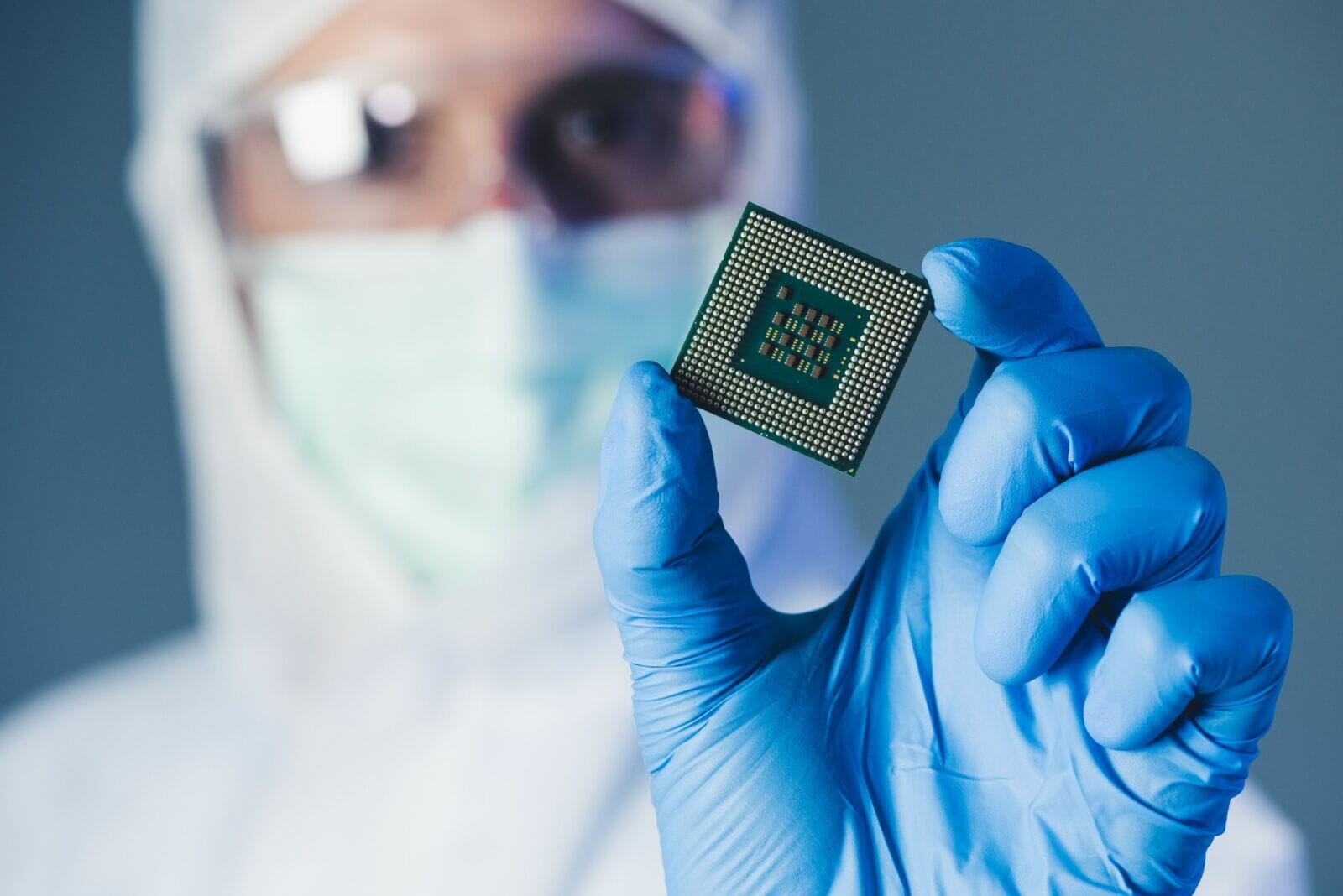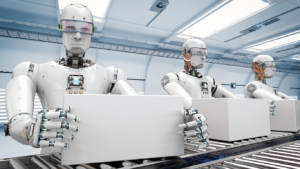Sen. Kyrsten Sinema last week visited the MacroTechnology Works facility at Arizona State University to observe the impact of the CHIPS and Science Act on semiconductor manufacturing and the Arizona semiconductor sector.
During the tour, Sinema highlighted Arizona’s economic strengths which are encouraging industry leaders to invest in the state. “We’ve got the right economic climate, and we’ve got the right brain trust for us to be not just a regional hub, but a national and international competitor,” Sinema said.
READ ALSO: Intel’s $20 billion Arizona expansion will bring 3,000 new high-wage jobs
READ ALSO: Taiwan Semiconductor launches $38B Phoenix presence by signing major lease
The purpose of the CHIPS and Science Act, Sinema said, was to make the most of these advantages. “The idea is to create an ecosystem for us to be able to do microchip processing and creation from soup to nuts.”
The CHIPS and Science Act, which was signed into law this summer, will increase investment in domestic manufacturing and strengthen supply chains in the industry. The act has received bipartisan praise from leaders across the state, including Gov. Doug Ducey, Phoenix Mayor Kate Gallego, ASU President Michael Crow, and Arizona Chamber of Commerce & Industry President and CEO Danny Seiden.
These national investments have been supported by recent trade policies aimed at countering China, the largest competitor to domestic growth. The Biden administration earlier this month announced new restrictions on China’s ability to obtain advanced semiconductor technology.
This dramatic shift in trade policy will prevent American companies and firms from supplying semiconductor products, equipment, and design-software to China without a special license, and it is likely that most licenses will be denied.
China’s semiconductor sector is “critically dependent on U.S. technology,” according to Gregory Allen, the director of the AI Governance Project and a senior fellow at the Center for Strategic and International Studies. By choking off China’s access to American resources, the U.S. has delivered a crippling blow to China’s ambitions to dominate the future of AI technology, he argues.
While these actions are aggressive, they have boosted domestic semiconductor production. Investment firm JP Morgan, for example, said that Taiwan Semiconductor Manufacturing Company (TSMC) “is now attractively priced, with the market overly focused on areas with higher temporary shock value such as U.S. restrictions on China tech.”
TSMC is becoming one of the most important leaders in Arizona’s semiconductor growth, with plans on track to open a new $12 billion plant by 2024 in North Phoenix. As TSMC looks for suppliers for its new plant in Phoenix, companies that fill these demands are also beginning to open locations in the metro area.
Semiconductor companies that have long been in the Arizona market are also continuing to expand. Intel is investing $20 billion in new facilities at their Chandler Ocotillo campus.
Community colleges have been especially important in preparing workers for technical careers in semiconductor development. A new initiative between Intel and Maricopa Community Colleges is providing a training course for those without an advanced degree to qualify for entry-level factory positions.
Students who complete the program successfully will be eligible for a $270 stipend, which covers the whole cost of tuition, while receiving valuable skills for factory work. “You’re going to get the basics, like how to use hand tools, hydraulics, and electronics,” Intel Equipment Technician Jeff Davis said.
All of these investments in Arizona’s semiconductor industry are setting up a dynamic future for Arizona. In a statement supported by the Arizona Commerce Authority and the Greater Phoenix Economic Council, Sinema urged the U.S. Commerce Department to continue partnerships with the private sector and education institutions.
“Arizona has an incredible arsenal of experts with diverse knowledge around semiconductors who are ready to strengthen research and development efforts,” Sinema said. “Establishing a ‘hub-and-spoke’ model will facilitate the exchange of ideas and collaboration between partners to keep America competitive, safe, and strong.”




